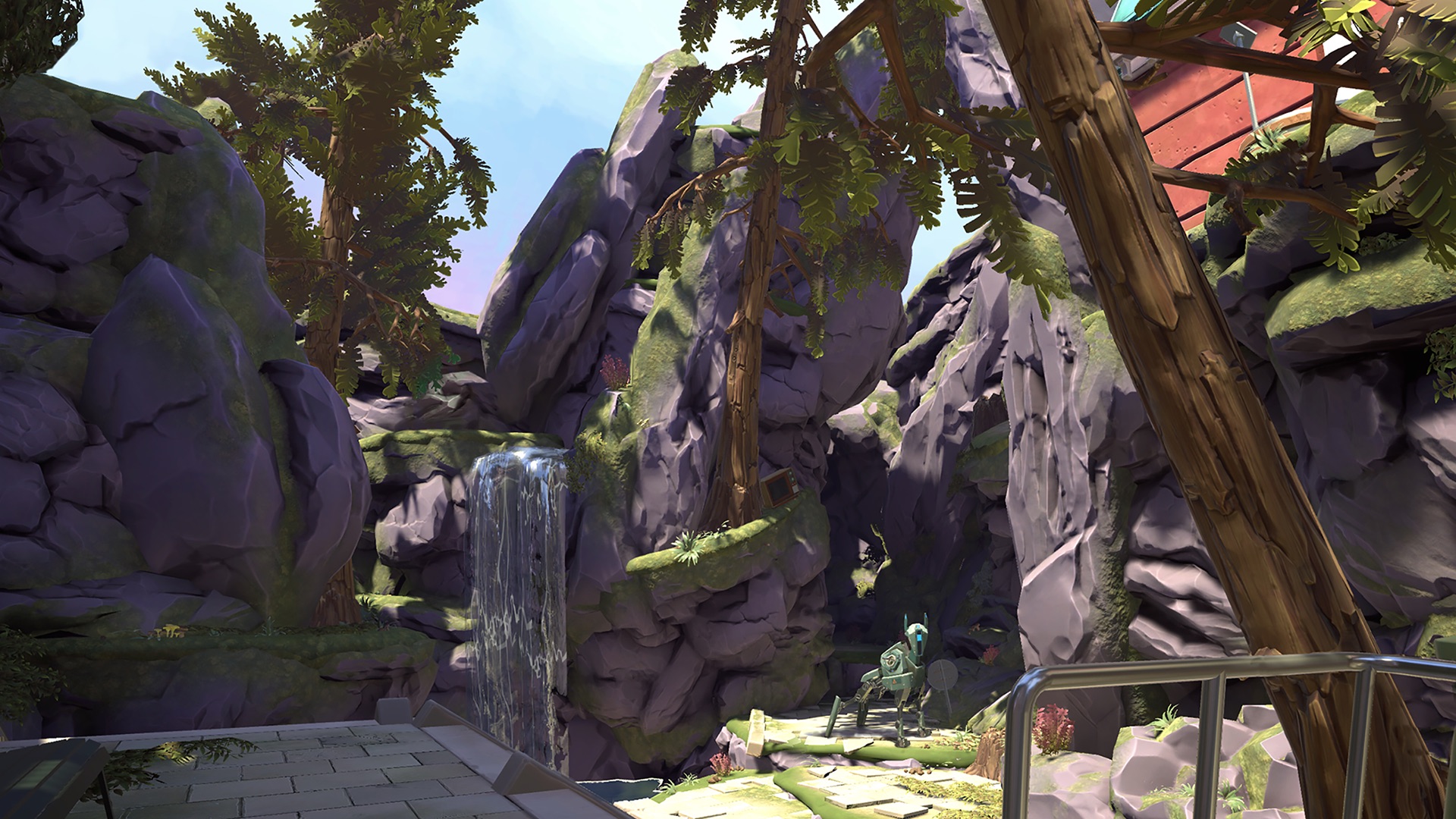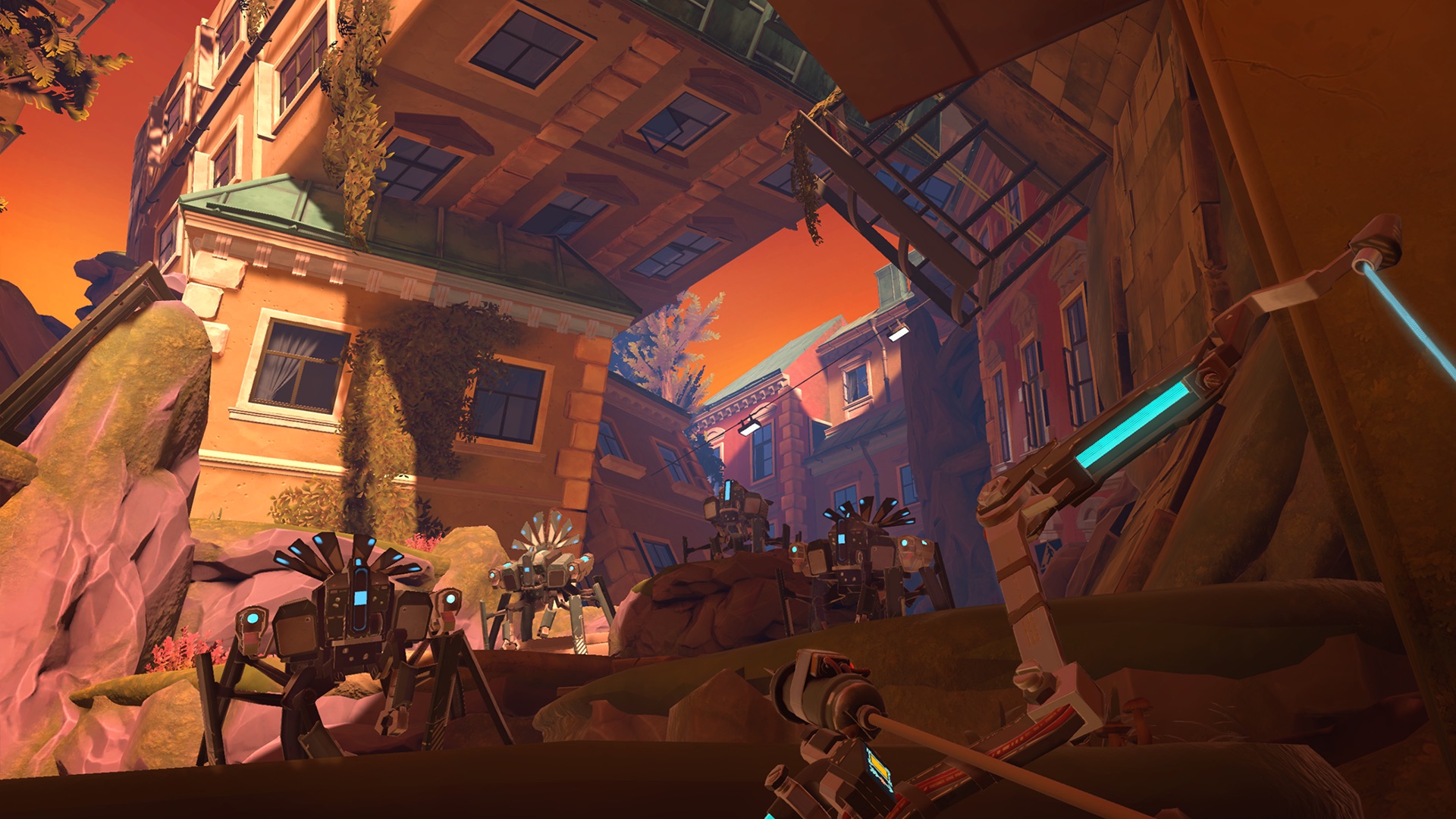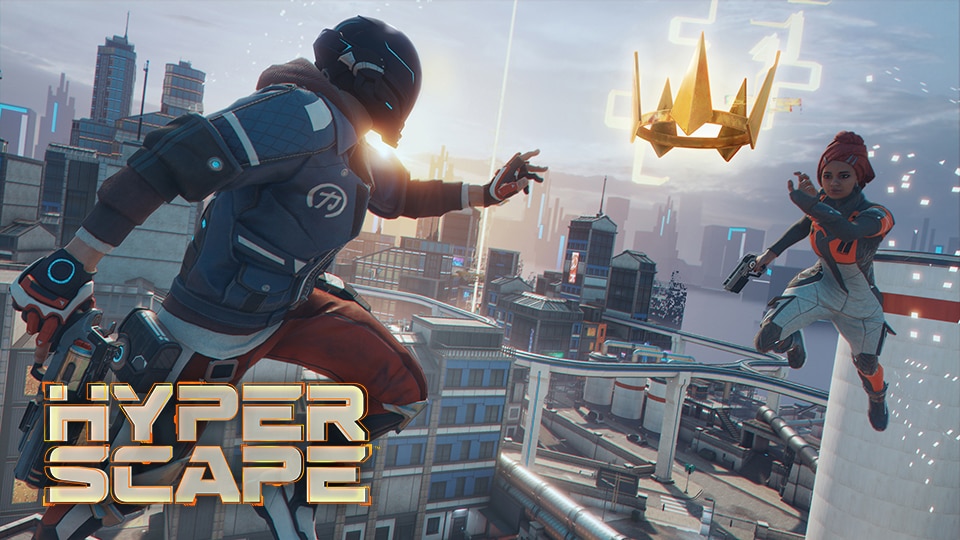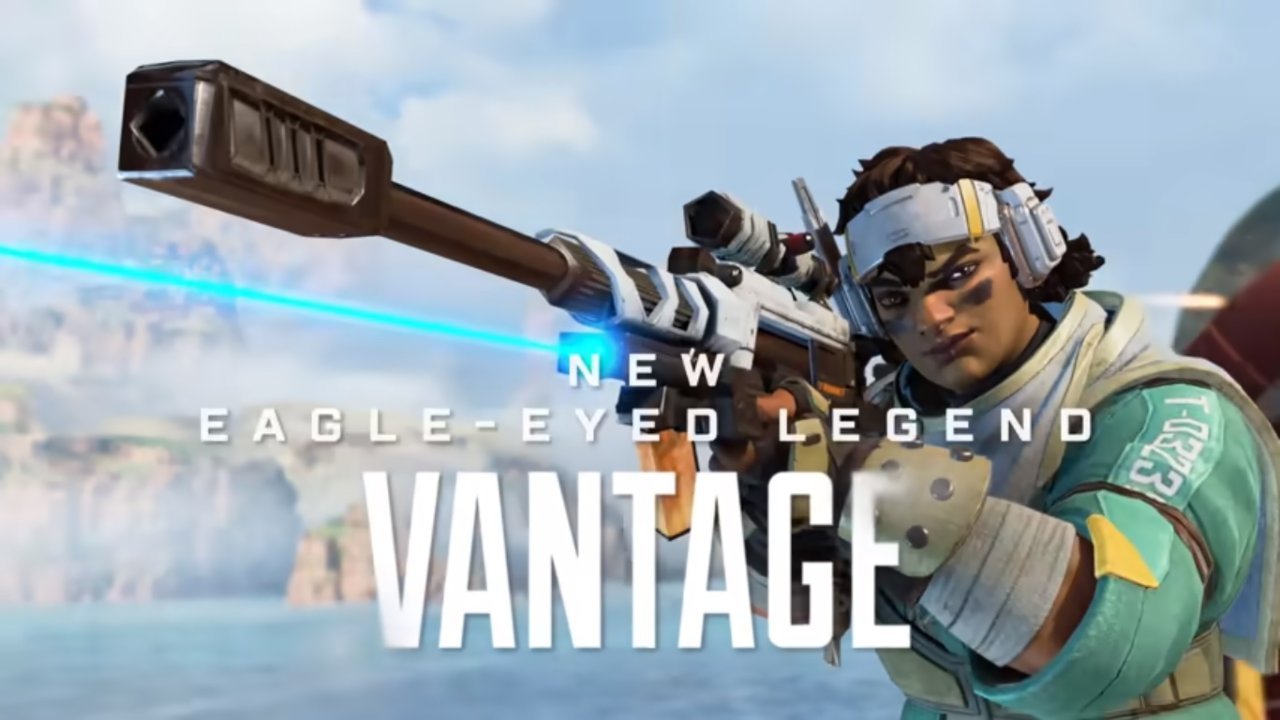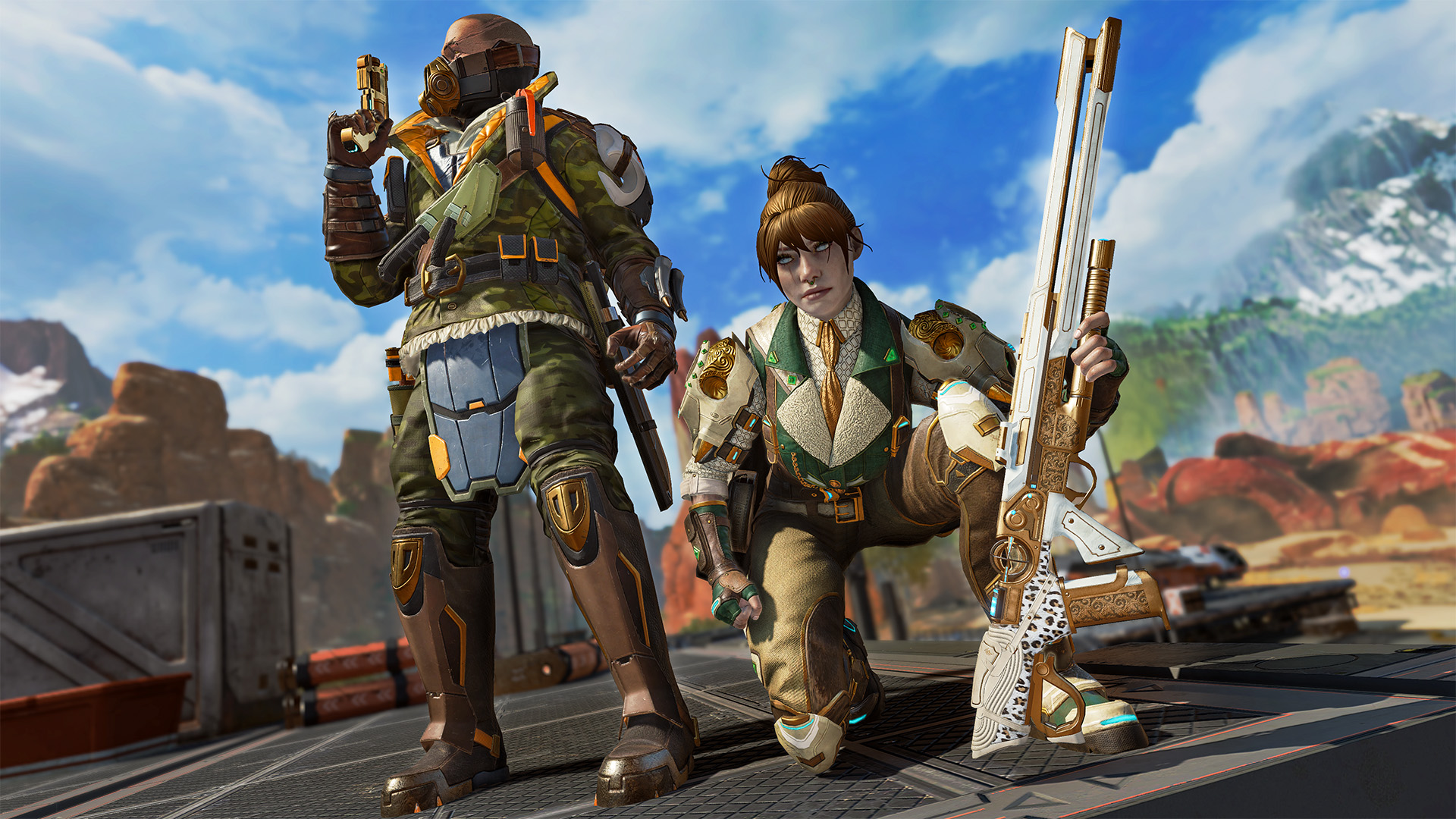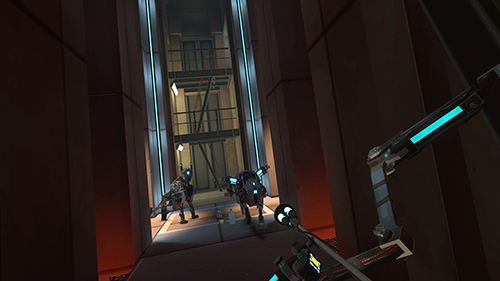
On the surface, there’s a lot that appeals to me, personally, about Apex Constuct. It’s a PlayStation VR game that takes place in a beautiful yet strange world, full of familiar but altered architecture, much like The Talos Principle or Obduction. Puzzles rely on observation and understanding the lore of the world, and combat uses the PlayStation Move controllers to give you 1:1 tracking, in theory for ultimate accuracy. It all looks great – on the surface. Unfortunately, despite obvious talent from ex-DICE employees at Fast Travel Games, Apex Construct doesn’t quite come together in the way I was hoping.
As the game begins, you awaken in a strange pod to the voice of an AI, ‘Fathr’, who sounds so uncannily like Marvel’s Ultron, it just goes to show that if you’re skint you don’t have to spring for James Spader for a menacing robot performance. Fathr introduces you to the state of the world, which has become jumbled and corrupted by a cataclysm known as ‘The Shift’. The world is now bereft of organic life but is overrun by animal-like robots under the command of ‘Mothr’. He also apologises profusely about replacing your hand with a robotic replacement, which just so happens to be a perfect fit for a futuristic bow you must use to battle Mothr’s forces, and learn more about the world you’re in. As you progress, you learn more about the conflict between Mothr and Fathr, and that Fathr is more than likely keeping some pretty big secrets from you.
The story is revealed through voiceovers and small events with Fathr and Mothr, as well as logs you discover on computers throughout the game. It’s actually fairly interesting, and does recall certain elements of other sci-fi puzzlers like Talos Principle and The Turing Test (as well as the robot menagerie of Horizon: Zero Dawn) although it doesn’t really reach the emotional resonance or depth of those. Nevertheless, there’s enough intrigue there to act as a draw for you to continue on through the game.
Visually, Apex Construct is solid for a VR title. The graphics are chunky and somewhat cartoon-like, but that works with PSVR’s limited resolution to make everything distinct and clear. Text especially is remarkably clear and legible, whether it’s on a computer screen or a notepad, and given how much reading you’ll be doing, it’s just as well. The concept behind the post-Shift world is clever, and makes for some interesting visuals, like upturned buildings embedded into forestry, random bus-stops emerging from grassy fields, and other strange combinations of the man-made and natural worlds.
It’s disappointing then that most of your time spent in Apex Construct will be a frustrating doddle. While the game offers you multiple modes of transport, from teleportation for VR-newbs to smooth motion for experts, there are still significant issues with clipping and appearing inside objects. You can walk through consoles you need to operate in order to advance, phase into doorways (thus blinding yourself, as the game fades to black when it senses you’re inside something), or sometimes be forcibly pushed back if you lean too far ahead to get a good look at something, which is a very disorienting experience. You’ll lose minutes-upon-minutes not trying to solve puzzles, but trying to orient yourself in the right direction and place to pick up a dropped item and getting the game to recognise what you’re pointing at. When you’re fighting the controls and exploration as much as the evil robots you know there’s an issue.
Combat is spent using your bow-and-arrow with the PlayStation Move controllers – with one hand aiming the bow, while the other draws arrows back and fires them. Unfortunately, even with a VR set-up that works fine in other games, the tracking can still be a hit-and-miss. Luckily, you can activate a shield to deflect blows from enemies, but when firing back you’ll find that they have very precise weak points, and take multiple hits. While in theory you can be mobile while fighting, in practice it’s a nightmare, a flurry of buttons to twist around or to activate and throw the teleport in the direction you want, without accidentally using your bow. Unless there’s only one robot left to fight and you have some space to move, you’ll generally have to deal with fighting from one spot, which limits your options, and results in quite a few deaths that just don’t feel like your fault. It also sucks that on every death you lose any ‘RP’ you’ve collected – the game’s currency that buys upgrades and items. The only way to ‘bank’ RP is to return to your home base, but you’ll be just as motivated to just keep on with the mission at hand and just take any RP remaining by the end. That said, the game does throw some interesting combat options your way, with different arrow types (like electric arrows that can be fired in water), and grenades for area damage.
Supporting this is a wrist-mounted inventory system, which seems like a really cool idea at first, until you have to use it at crunch-times. Your left wrist will produce a holographic menu, from which you can equip or unequip your bow, select different ammo types, or store inventory items. It’s really cool the first time you pick up a swipe card and then physically place it into your wrist-menu, until you realise that you’re going to have to bring it out and swipe it every time you need to get somewhere – and God help you if you drop it. Likewise, it can be tough to quickly change ammo-types or bring out your bow when you walk into an ambush.
When you’re not fighting robots, you’ll be figuring out ways to progress through puzzles, which mostly involve finding energy canisters to power devices, or passwords to activate computers. While the actual puzzles themselves become formulaic as you go on, the ideas behind them and their solutions are sometimes creative. Sometimes, you’ll have to read through a note to find the password, at others the solution might be searching through a warehouse, box by box, for a clue. It’s getting you involved in a physical, real way, but much like the inventory system, it’s almost too much of a chore to do efficiently.
However, a lot of exploring the world and lore involves using computers, and not just any computers, but ones running DOS. For long stretches of time, you’ll have to use the PlayStation Move controllers (that while good, are prone to jumping around) to type letter-by-letter every command. From getting a list of files with ‘dir’ to opening each file one by one with ‘open <filename>’, it’s something that would be trivial on a computer with a real keyboard, but when puppeteering virtual fingers using Move controllers, becomes infuriating by the umpteenth time you’re required to do it.
I don’t want to go in too hard on Apex Construct, because the design, ideas and atmosphere of the game are all really good for a non-AAA VR title. Throughout the game’s six locations (of which there is backtracking), there is quite a fair bit to get through and discover, and plenty of gameplay from puzzles to Hawkeye-style action. The issues with controls, polish and combat all make it a much more frustrating experience than it needs to be, and will prevent many from getting very far into the game. If you’re a sucker for story and style like I am, there is much to like, as long as you’re willing to persevere.
-Creative visuals and setting -Interesting plot -Occasionally good ideas behind puzzles -Configurable VR experience
-Controls barely work at best, are calamitous at worst -Combat can be a mess -Issues with clipping and boundaries -Becomes a tedious VR typing simulator at times

